For about 2,000 years, until the early 20th century, Hebrew was virtually comatose.
Once the mother tongue of the Jewish masses in their ancestral homeland, it ceased being a spoken language and became the sacred language of the synagogue and of rabbis and scholars studying religious texts.

Its restoration as a utilitarian language, driven by the Jewish revival in Palestine, was “an act without precedent in linguistic and sociopolitical history,” writes Lewis Glinert in The Story of Hebrew, published by Princeton University Press.
In this magisterial volume, Glinert, a professor of Hebrew Studies at Dartmouth College, chronicles its rise as a national Jewish language and a key component of Jewish identity in the Diaspora. In describing this process, he takes us on an extended journey to the kingdom of Israel and Judea, the medieval Middle East and Europe, colonial America, czarist Russia, the Soviet Union, Palestine and, finally, the modern state of Israel.
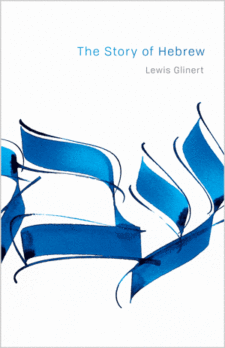
As he explains, the demise of spoken Hebrew was the result of foreign invasions of the Land of Israel from 722 BCE onwards. But even as Assyrian, Babylonian and Roman armies ravaged ancient Israel, rabbis clung to Hebrew as the vehicle to preserve the Midrash and Mishnah. “Out of this grew a great corpus of Hebrew literature, embodying the region and culture of the Jews down to modern times,” he writes.
Aramaic and then Arabic supplanted Hebrew as the lingua franca of Jews in the Middle East.
During the medieval era in Europe, Glinert says, Jewish physicians obtained their knowledge of medicine from Hebrew books. In Italy’s first medical school, in Salerno, instruction was in Hebrew, Arabic, Greek and Latin. And in French medical schools in Arles, Narbonne and Montpelier, Hebrew was the official language of instruction in the ninth and tenth centuries. “As a result,” he adds, “spoken Hebrew could again be heard.”
In Germany, during the 16th century, primers on geometry and algebra appeared in both Hebrew and Yiddish. Alongside these developments, Hebraic scholarship was taken up by Christians from early Christianity to the Renaissance to cast new light on the meaning of the Bible and promote religious reform. But there was a dark side. For the church, Hebrew was regarded as a tool to convert Jews.
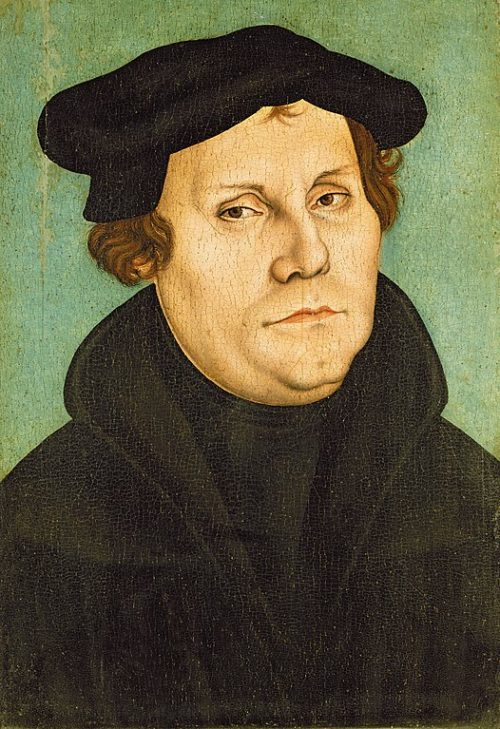
No less a theologian than Martin Luther delved into Hebrew texts as a means by which to gain greater insight into Christianity. As he noted, “Without this language there can be no understanding of Scripture, for the New Testament, although written in Greek, is full of Hebraisms.”
In England, one of the leading practitioners of Hebraic scholarship was Stephen Langton, the archbishop of Canterbury and the author of a Hebrew-Latin lexicon. William Tyndale, who translated the Pentateuch into English, would play an integral role in the publication of the King James Bible, injecting a Hebraic quality into its syntax and phraseology.
Some Europeans did not look upon Hebrew benevolently. The Holy Roman emperor Maximilian ordered the confiscation of all Jewish books in 1509 in the hope of eradicating Judaism.
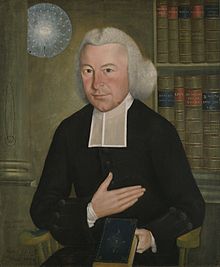
The English Protestant spirit was exported to the New World by the Puritans, the settlers who regarded themselves as latter-day Israelites in the Promised Land. The Hebrew of the Old Testament supplied the colonists with personal and place names — Ezra, Abigail, Goshen, Salem.
The first book published in the colonies, the Bay Psalm Book, was translated directly from the Hebrew. And at elite universities such as Harvard, Yale and Princeton, Hebrew was a mandatory subject. Glinert goes on to say that the first two presidents of Harvard were Hebrew scholars, while Yale’s first president, Ezra Stiles, was the most renowned American Hebraist of his time.
By Glinert’s reckoning, the dissemination and modernization of Hebrew was primarily rooted in the spread of Hassidic populism, the advent of newspapers, the rise of political antisemitism and the Jewish political response to it, Zionism.
Hebrew was a weapon in the hands of Russian Jews who revolted against both assimilation and traditional religiosity and wished to create a culture that was at once secular and authentically Jewish. Its luminaries included the Zionist theoretician Aad Ha’am, the poets Judah Leib Gordon and Hayim Nahman Bialik and the lexicographer Eliezer Ben-Yehudah.
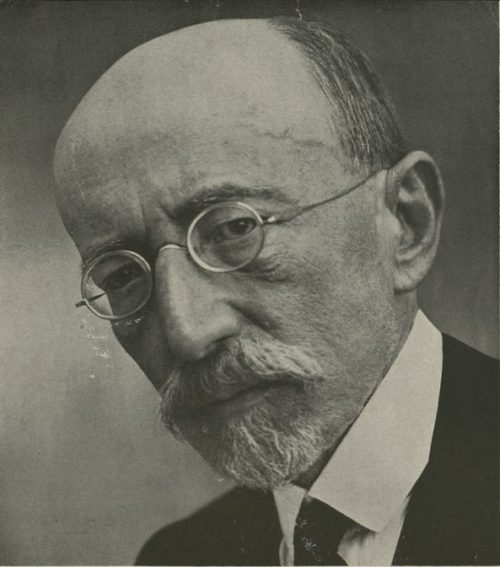
Ben-Yehudah, who settled in Palestine in 1881, was an especially important figure in the resuscitation of Hebrew. He and his wife, Dvora, vowed to speak only Hebrew in their home and to raise their first child, Bentzion, solely in Hebrew.
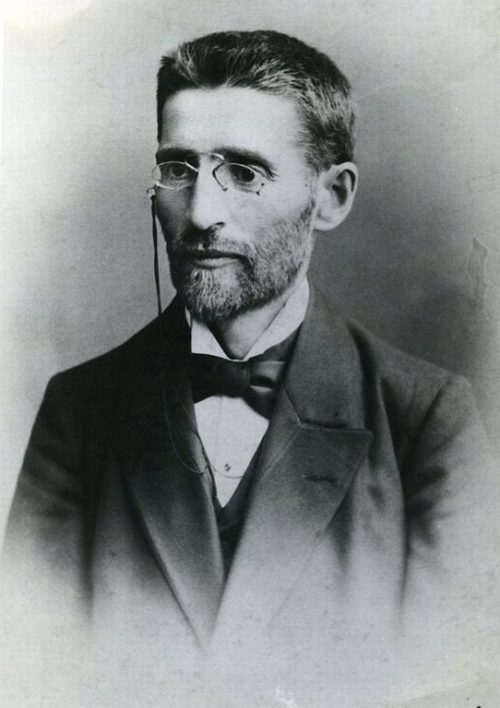
The first all-Hebrew elementary school in Palestine opened in 1889. Within nine years, there were 19 more, attracting one in ten children in the country.
“For its Ashkenazic opponents, modern Hebrew was a sign of impiety,” writes Glinert. “Using the holy tongue for everyday speech smacked of desecration, and its association with a modern political movement defiled it.”
He is referring, of course, to Zionism.
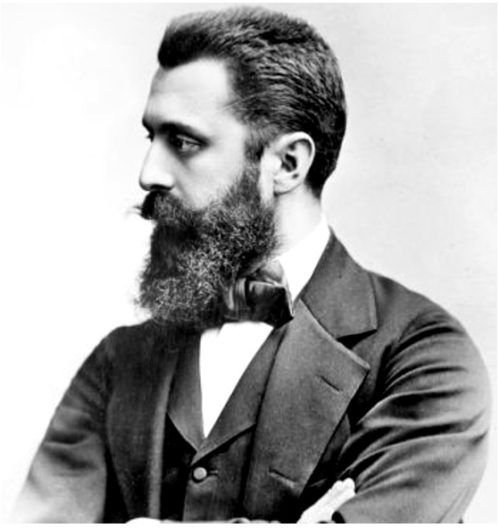
The first Zionist congress, which took place in Basel in 1897, did not even ponder the status of Hebrew. “Who among us knows enough Hebrew to use it to buy a railway ticket,” wrote Theodor Herzl, the founder of political Zionism. Like some Zionists, Herzl was not a Hebraist. He assumed that German would be the language of communication in a future Jewish state.
German remained the official language of the Zionist movement until at least the first decade of the last century, and among Jews in Palestine, Hebrew competed with Turkish, Yiddish, French and Arabic for popularity. But in Mandate Palestine, Hebrew was recognized by the British as an official language, along with English and Arabic. During this period, Hebrew gained ground as thousands of new words were added to its vocabulary. “Non-Hebrew signs in storefronts invited polite letters of protest and the occasional brick,” he writes.
In Russia, following the 1917 Bolshevik Revolution, Hebrew was deemed subversive, and the mere appearance of it in a school, newspaper or public library was a counter-revolutionary crime. But in interwar Eastern Europe, one in four Jewish children were enrolled in Zionist elementary schools.
Glinert says that modern Hebrew typography is a German invention, having been created in 1910 when typesetters in Germany devised a utilitarian Hebrew font. Going by the name of Frank Ruehl, this font gave the Hebrew alphabet a clean and modern look.” Since the 1920s, Hebrew newspapers, magazines and books have been using it. “It’s the first font that children learn to read, and it remains popular with adults.”
With the advent of Israeli statehood in 1948, Hebrew was already deeply entrenched in the Yishuv. By then, at least 50 percent of the Jewish population were native speakers and an additional 25 percent used it as their main language. Today, Jewish Israelis take Hebrew for granted, while the majority of Israel’s 1.7 million Arab citizens speak it as as second language.

Hebrew, once an atrophied language, has come a long way in only a century. And in The Story of Hebrew, Glinert documents this linguistic revolution exceedingly well.
